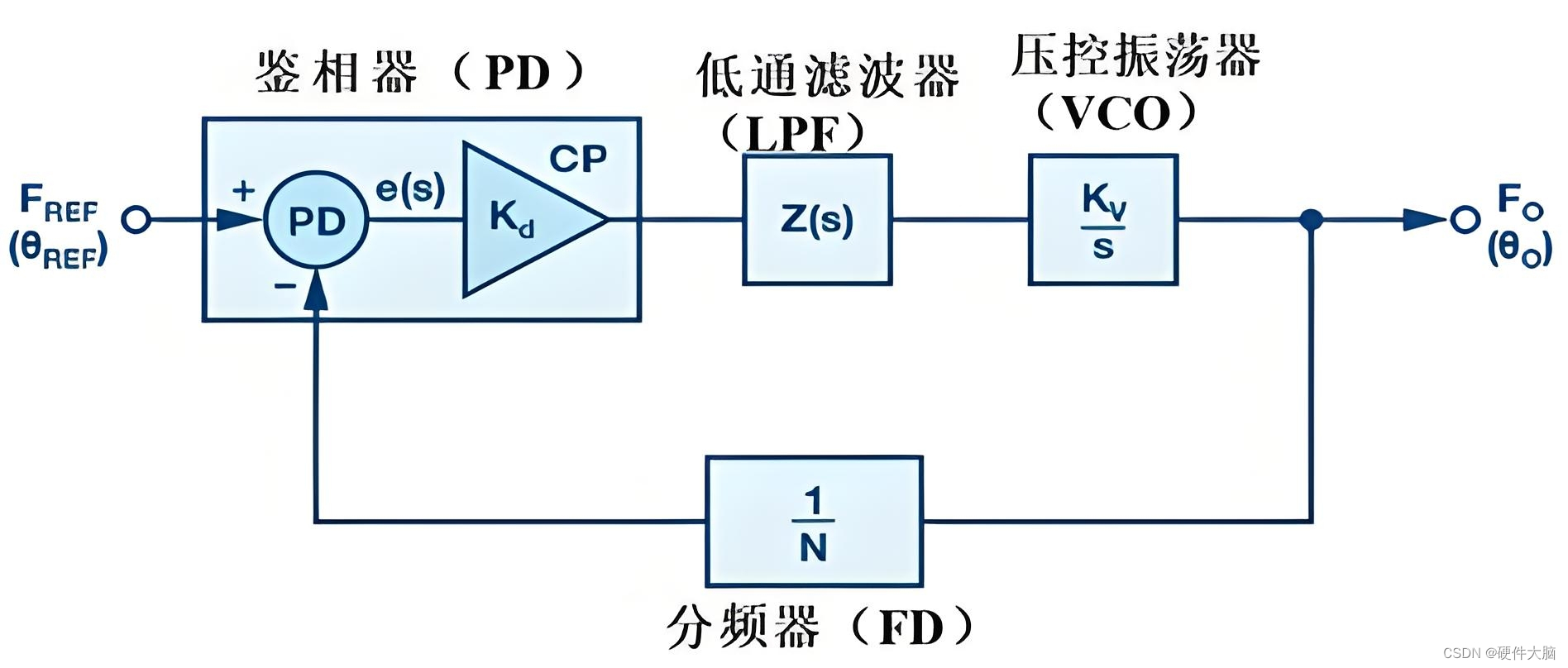特征工程中的特征变换是一个重要的步骤,旨在通过转换原始特征来提高模型的性能。特征变换主要包括数值特征的归一化和标准化、类别特征的编码、特征组合和分解、以及特征缩放等。下面将详细讲解这些内容,并提供相应的Python代码示例。
1. 数值特征的归一化和标准化
归一化(Normalization)
归一化是将特征的值缩放到一个固定的范围(通常是 [0, 1])内。归一化常用于在特征值范围差异较大的情况下,减小这种差异对模型的影响。
归一化的公式通常为:
标准化(Standardization)
标准化是将特征的值转换为均值为0、标准差为1的正态分布。标准化在数据具有不同的度量单位或不同的范围时非常有用。
标准化的公式为:
示例代码:
import numpy as np
import pandas as pd
from sklearn.preprocessing import MinMaxScaler, StandardScaler
# 生成示例数据
data = {'feature1': np.random.rand(100) * 10, 'feature2': np.random.rand(100) * 100}
df = pd.DataFrame(data)
# 归一化
scaler = MinMaxScaler()
df[['feature1_norm', 'feature2_norm']] = scaler.fit_transform(df[['feature1', 'feature2']])
# 标准化
scaler = StandardScaler()
df[['feature1_std', 'feature2_std']] = scaler.fit_transform(df[['feature1', 'feature2']])
print(df.head())
运行结果示例:
feature1 feature2 feature1_norm feature2_norm feature1_std feature2_std
0 5.371278 50.936181 0.537127 0.509362 0.177720 0.066669
1 1.122034 89.489587 0.112203 0.894896 -1.264731 1.370891
2 7.991217 16.046858 0.799122 0.160469 1.139588 -1.162611
3 4.543309 18.512042 0.454331 0.185120 -0.044308 -1.063248
4 6.940704 8.839065 0.694070 0.088391 0.718581 -1.480131
2. 类别特征的编码
类别特征编码是将离散的类别变量转换为数值变量,使其可以被模型理解。常见的类别编码方法包括独热编码、标签编码、频率编码和目标编码。
独热编码(One-Hot Encoding)
独热编码将每个类别转换为一个独立的二进制特征。每个特征只包含0或1,表示某个类别是否存在。
标签编码(Label Encoding)
标签编码将每个类别映射到一个唯一的整数。适用于具有顺序关系的类别变量。
示例代码:
from sklearn.preprocessing import OneHotEncoder, LabelEncoder
# 生成示例数据
df = pd.DataFrame({'category': ['A', 'B', 'C', 'A', 'B', 'C']})
# 独热编码
onehot_encoder = OneHotEncoder(sparse=False)
onehot_encoded = onehot_encoder.fit_transform(df[['category']])
onehot_df = pd.DataFrame(onehot_encoded, columns=onehot_encoder.get_feature_names_out(['category']))
# 标签编码
label_encoder = LabelEncoder()
df['category_encoded'] = label_encoder.fit_transform(df['category'])
print(df.head())
print(onehot_df.head())
运行结果示例:
category category_encoded
0 A 0
1 B 1
2 C 2
3 A 0
4 B 1
category_A category_B category_C
0 1.0 0.0 0.0
1 0.0 1.0 0.0
2 0.0 0.0 1.0
3 1.0 0.0 0.0
4 0.0 1.0 0.0
3. 特征组合和分解
特征组合和分解是通过组合现有特征或分解特征来创建新的特征,从而增加模型的表达能力。
特征组合
特征组合通过交互或多项式特征生成新的特征。例如,将两个数值特征相乘或取它们的平方。
特征分解
特征分解通过将一个复杂的特征分解成多个简单的特征。例如,将一个日期特征分解为年、月、日。
示例代码:
from sklearn.preprocessing import PolynomialFeatures
# 生成示例数据
df = pd.DataFrame({'feature1': [1, 2, 3, 4, 5], 'feature2': [10, 20, 30, 40, 50]})
# 特征组合(多项式特征)
poly = PolynomialFeatures(degree=2, include_bias=False)
poly_features = poly.fit_transform(df)
poly_df = pd.DataFrame(poly_features, columns=poly.get_feature_names_out(['feature1', 'feature2']))
# 特征分解(日期分解)
df['date'] = pd.to_datetime(['2022-01-01', '2022-02-01', '2022-03-01', '2022-04-01', '2022-05-01'])
df['year'] = df['date'].dt.year
df['month'] = df['date'].dt.month
df['day'] = df['date'].dt.day
print(df.head())
print(poly_df.head())
运行结果示例:
feature1 feature2 year month day
0 1 10 2022 1 1
1 2 20 2022 2 1
2 3 30 2022 3 1
3 4 40 2022 4 1
4 5 50 2022 5 1
feature1 feature2 feature1^2 feature1 feature2 feature2^2
0 1 10 1 10 100
1 2 20 4 40 400
2 3 30 9 90 900
3 4 40 16 160 1600
4 5 50 25 250 2500
4. 特征缩放
特征缩放是指将特征数据进行比例调整,以便它们位于一个更合理的范围内,通常在应用梯度下降类算法时尤为重要。
常见方法:
- 最小-最大缩放(Min-Max Scaling):将数据缩放到指定范围内,通常是[0, 1]。
- Z-Score缩放:将数据缩放为均值为0,标准差为1的分布。
示例代码:
from sklearn.preprocessing import MinMaxScaler, StandardScaler
# 生成示例数据
data = {'feature1': [1, 2, 3, 4, 5], 'feature2': [10, 20, 30, 40, 50]}
df = pd.DataFrame(data)
# 最小-最大缩放
scaler = MinMaxScaler()
df[['feature1_minmax', 'feature2_minmax']] = scaler.fit_transform(df[['feature1', 'feature2']])
# Z-Score缩放
scaler = StandardScaler()
df[['feature1_zscore', 'feature2_zscore']] = scaler.fit_transform(df[['feature1', 'feature2']])
print(df.head())
运行结果示例:
feature1 feature2 feature1_minmax feature2_minmax feature1_zscore feature2_zscore
0 1 10 0.0 0.0 -1.414214 -1.414214
1 2 20 0.25 0.25 -0.707107 -0.707107
2 3 30 0.5 0.5 0.000000 0.000000
3 4 40 0.75 0.75 0.707107 0.707107
4 5 50 1.0 1.0 1.414214 1.414214
5. 总结
- 归一化 和 标准化 是数值特征变换中的常用方法,可以使特征更适合用于模型训练。
- 类别特征编码 通过将类别数据转换为数值数据,使模型能够理解类别特征。
- 特征组合和分解 通过生成新的特征或分解复杂特征来增加模型的表达能力。
- 特征缩放 通过调整特征的比例,使其更适合于模型训练,特别是在应用梯度下降等算法时。
这些特征变换方法在特定的场景下能够显著提高模型的性能,是特征工程中不可忽视的重要步骤。



















